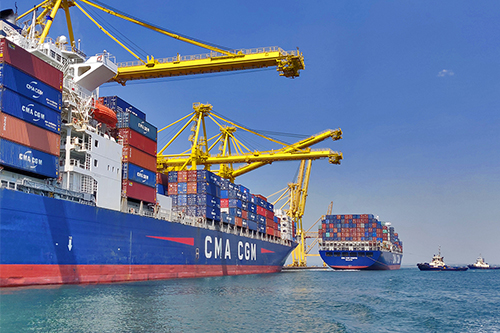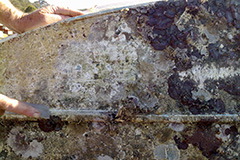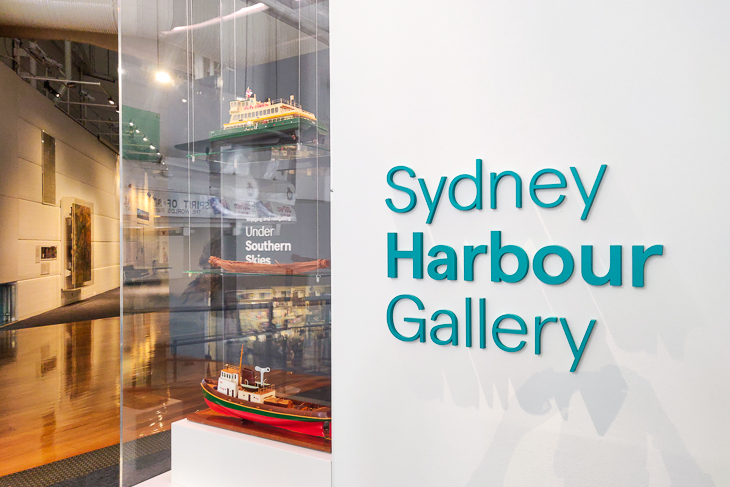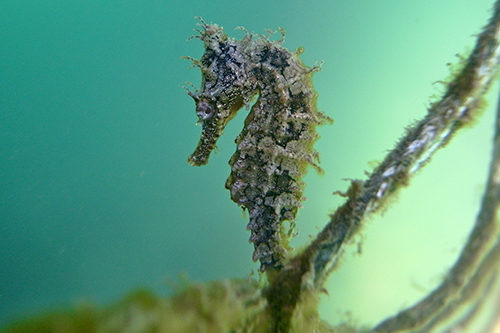Under the Protection of the Environment Operations Act 1997 Port Authority of New South Wales is required to hold a number of Environmental Protection Licences in relation to the operation of specific berths. A number of our tenants also hold licenses for scheduled activities at the port.
All environmental protection licenses held under the Act are available via the the NSW Environment Protection Authority (EPA).
On 15 July 2005 the Environment Protection Authority (EPA) granted Port Authority of New South Wales a licence to handle bulk liquids cargo at Berth 4, White Bay.
The licence allows Port Authority of New South Wales to handle up to 100,000 tonnes per annum of cargo at the berth. The products permitted include vegetable oils, tallow and fatty acids.
The cargo is most commonly transferred from road tanker trucks to vessels i.e. exported across the berth. Less frequently, cargo is transferred from vessels to trucks.
The licence requires Port Authority of New South Wales to adhere to specific conditions, such as noise monitoring reports and complaint reports. Information is updated regularly to ensure we meet the terms of our licence.
A graph of all complaints over the previous year must be prepared and is available for download.
On 28 November 2008 the Environment Protection Authority (EPA) granted Port Authority of New South Wales a licence to handle common salt cargo at Berth 1, Glebe Island.
The licence allows Port Authority to handle up to 100,000 tonnes per annum of common salt at the berth. The process involves unloading the salt from vessels onto trucks.
The licence requires Port Authority to adhere to specific conditions, such as noise monitoring reports and complaint reports.
The licence requires Port Authority to monitor noise the first time each ship berths at the premises and during the removal from the premises of the cargo discharged by that vessel.
The noise monitoring is required to determine whether the activities at the premises comply with the noise limits specified in the conditions.
A graph of all complaints over the previous year must be prepared and is available for download.
On 13 October 2009 the NSW Environment Protection Authority (EPA) varied an existing licence held by Port Authority of New South Wales which authorises the handling of common salt cargo at Berth 7, Glebe Island.
The licence allows Port Authority to handle up to 500,000 tonnes per annum of common salt at the berth. The process involves unloading the salt from vessels onto trucks.
The licence requires Port Authority to adhere to specific conditions, such as noise monitoring reports and complaint reports.
The licence requires Port Authority to monitor noise the first time each year a ship berths at the premises during the removal from the premises of the cargo discharged by that vessel.
The noise monitoring is required to determine whether the activities at the premises comply with the noise limits specified in the conditions.
A graph of all complaints over the previous year must be prepared and is available for download.
Glebe Island Berth 1 & 2 (Licence 13008), Berth 7 (Licence 7093) and White Bay Berth 4 (Licence 12095) – Pollution Incident Notification Processes
Port Authority has a Port Marine Management System (PMMS) in place to manage our incident response functions. Within PMMS, Port Authority has an Incident Management Procedure and Sydney Pollution Response Plan which details internal procedures for dealing with emergencies and marine pollution response.
The information below outlines general processes to be used in notifying a pollution incident to owners or occupiers of premises in the vicinity of the above licensed premises, the local authority for the area and any persons or authorities required to be notified by Part 5.7 of the Protection of the Environment Operations Act 1997 (POEO Act).
A pollution incident is defined as where material harm to the environment is caused or threatened. Material harm includes actual or potential harm to the health or safety of human beings or to ecosystems, that is not trivial or that results in actual potential loss or property damage of an amount over $10,000.
Notification will be made to the required authorities (listed below).
Notification of an incident should be made as soon as reasonably practicable to the following initial responder for Sydney Harbour.
| Sydney Vessel Traffic Services | 9296 4999 |
Relevant authorities notification order
If the incident presents an immediate threat to human health or property, notification will take place in the following order:
|
Emergency services |
000 |
|
EPA environment line |
131 555 |
|
Ministry of Health (Camperdown Public Health Unit) After hours phone Royal Prince Alfred Hospital |
9515 9420
9515 6111 - ask for Public Health Officer on call |
|
SafeWork NSW |
131 050 |
|
Local Authority (Inner West Council and City of Sydney) |
9392 5000 – IWC |
If the incident does not present an immediate threat to human health or the environment, notification will take place in the following order:
|
EPA environment line |
131 555 |
|
Local Authority (Inner West Council and City of Sydney?)) |
9392 5000 - IWC |
|
Ministry of Health (Camperdown Public Health Unit) After hours phone Royal Prince Alfred Hospital |
9515 9420
9515 6111 - ask for Public Health Officer on call |
|
SafeWork NSW |
131 050 |
|
Fire and Rescue NSW |
1300 729 579 |
Wider notification
The EPA can formally direct the Port Authority to notify others. If so directed, the Port Authority would contact commercial, industrial and residential neighbours to inform them of the circumstances of the incident and what action is being taken in response to it. It will be an offence not to comply with such a direction.
The EPA may advise the Port Authority of the extent of notification required. If not, the Port Authority would determine the extent of who to contact based on the nature of the pollution incident and the conditions at the time (for example, the type of pollutant, prevailing winds, magnitude of incident, and possible impacts).
Communication mechanisms
In the event that the pollution incident is being coordinated by emergency services, communications would be under the control of emergency services. Emergency services are able to send out messages to defined catchment areas to alert and advise the community if required. The Port Authority would work with emergency services to provide communications assistance and support, including direct doorknocks if they were required.
If communication is not coordinated by emergency services, notification to the owners or occupiers of premises in the vicinity of the Glebe Island and White Bay Port would be coordinated by Port Authority.
The Port Authority has in place mechanisms for providing early warnings and regular updates to the owners and occupiers of premises in the vicinity of the port, and the community including:
- incident notification on the Port Authority website;
- emails to community representatives including the Glebe Island and White Bay Community Liaison Group;
- emails to tenants/occupiers of Port Authority premises; and
- doorknocking of affected community members.
- Communicating updates to media outlets, including ABC Emergency broadcasting.
The communication response to be used in the event of a pollution incident would depend on the circumstances of the event, and any direction that may be provided by the EPA.
A media liaison officer is available to be contacted 24/7 in the event that a media release is required. Media updates could be provided on an ongoing basis depending on the incident.
Information to be provided
In the event of a pollution incident, communication to the community may include specific information to minimise the risk of harm. The information to be provided would be dependent on the nature and circumstances of the event.
Current and expected berthings
Details of current and expected berthings at Sydney Harbour and Botany Bay, including the licensed berths in Sydney Harbour, are available.
Registering complaints & reporting incidents
In the case of any emergency involving life or property, call Triple Zero (000) immediately
All non-urgent reports, general enquiries, feedback or issues can be directed 24/7 to:
email: [email protected]
phone: +61 2 9296 4962







